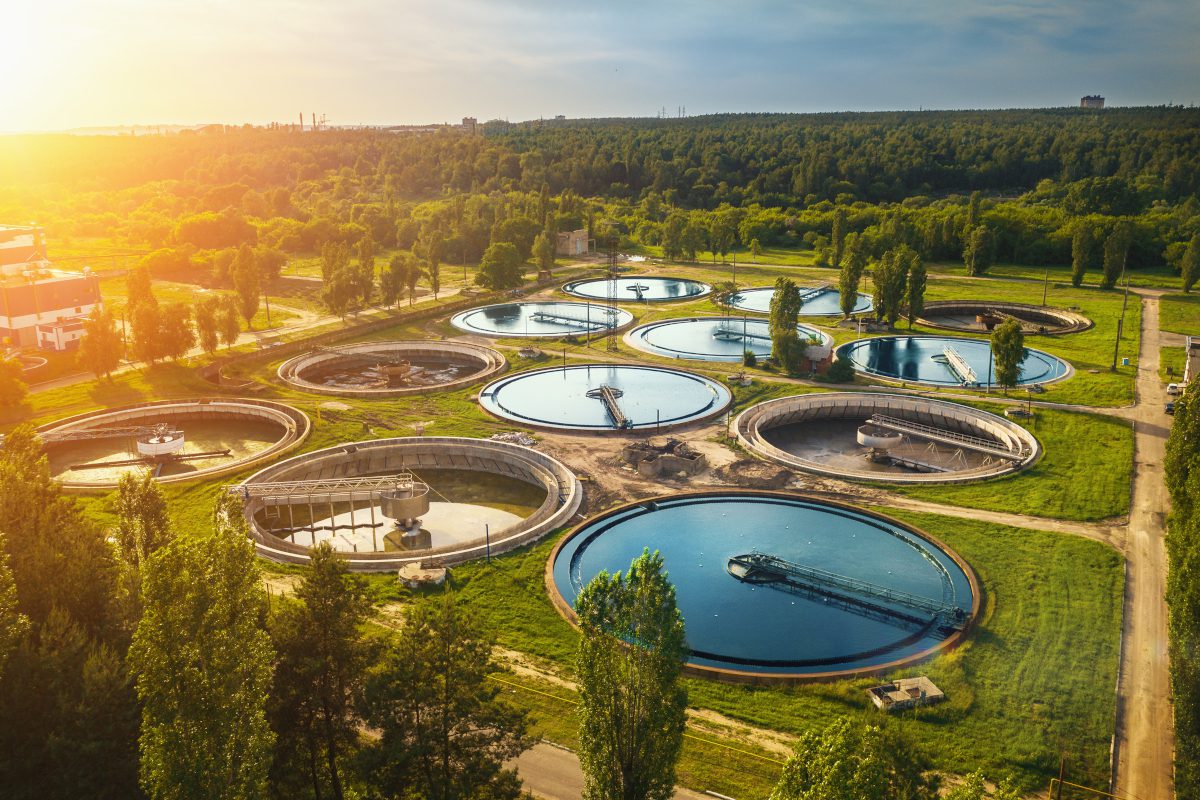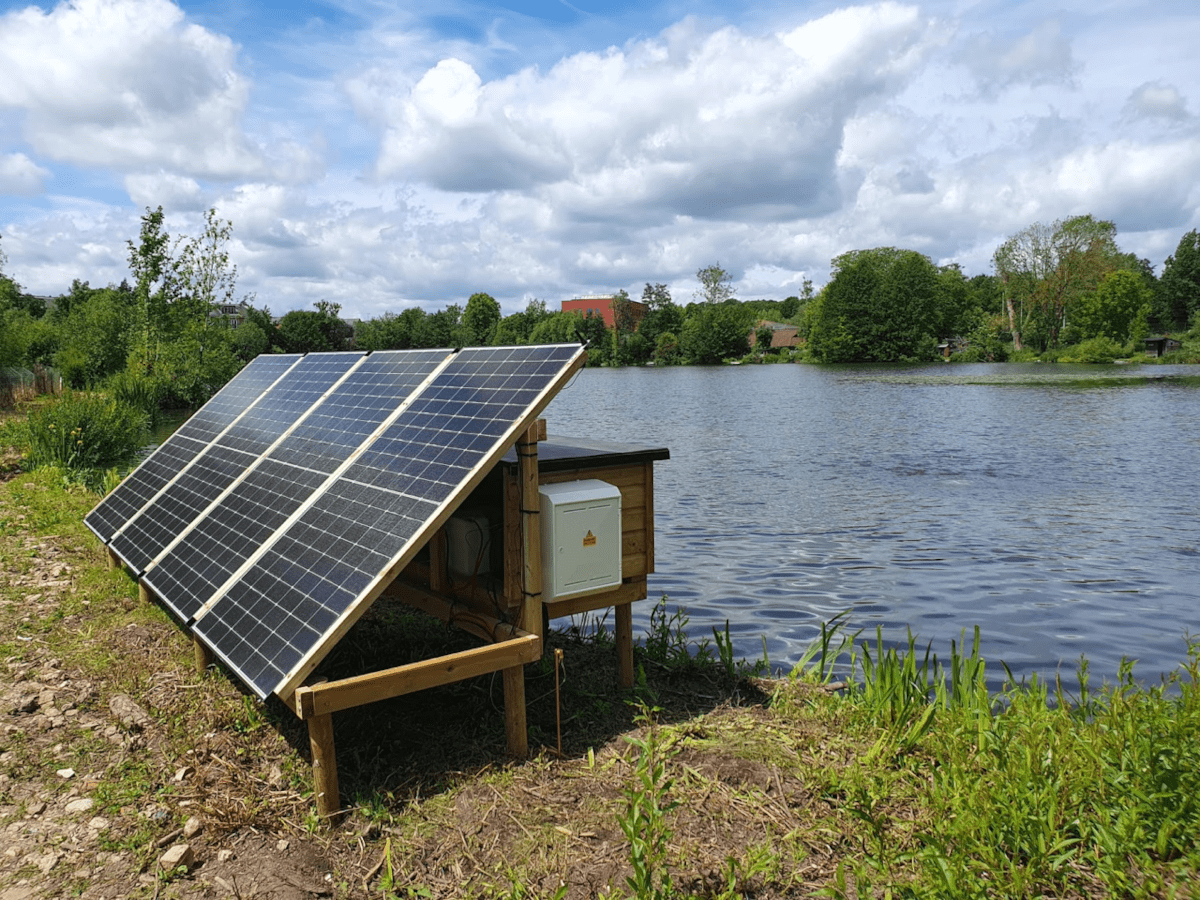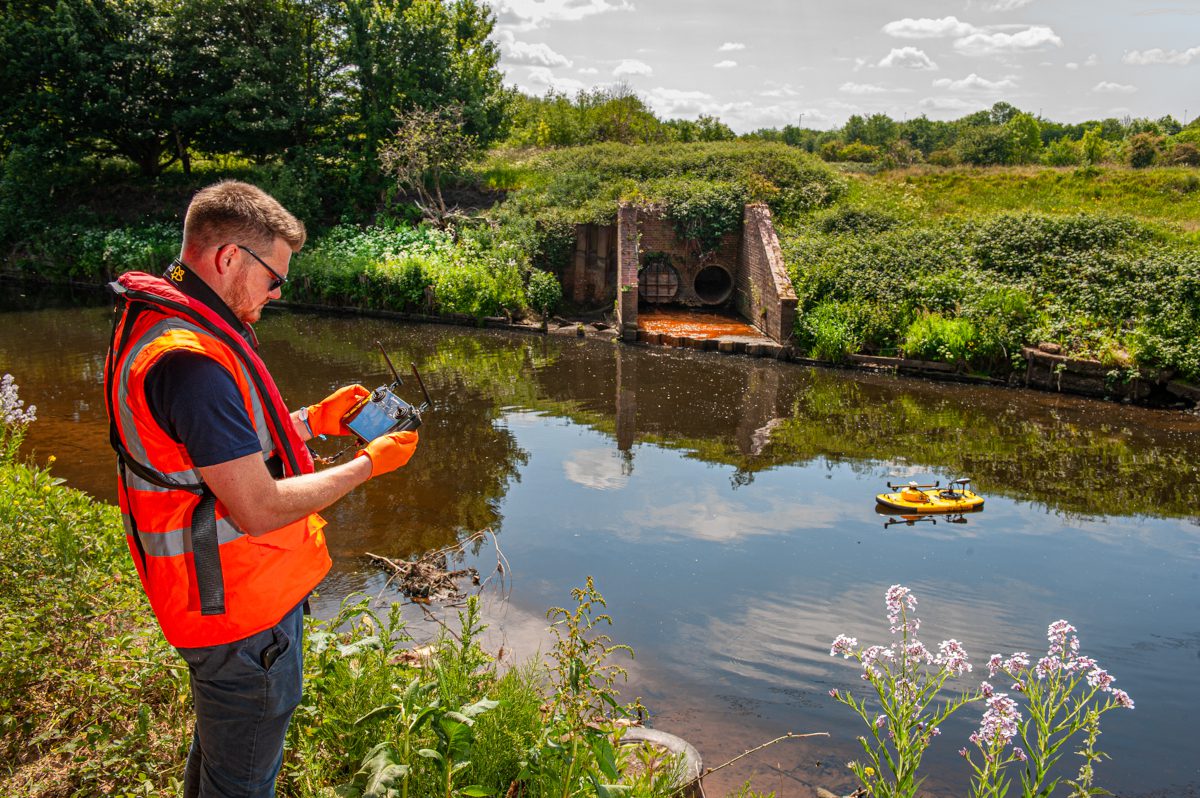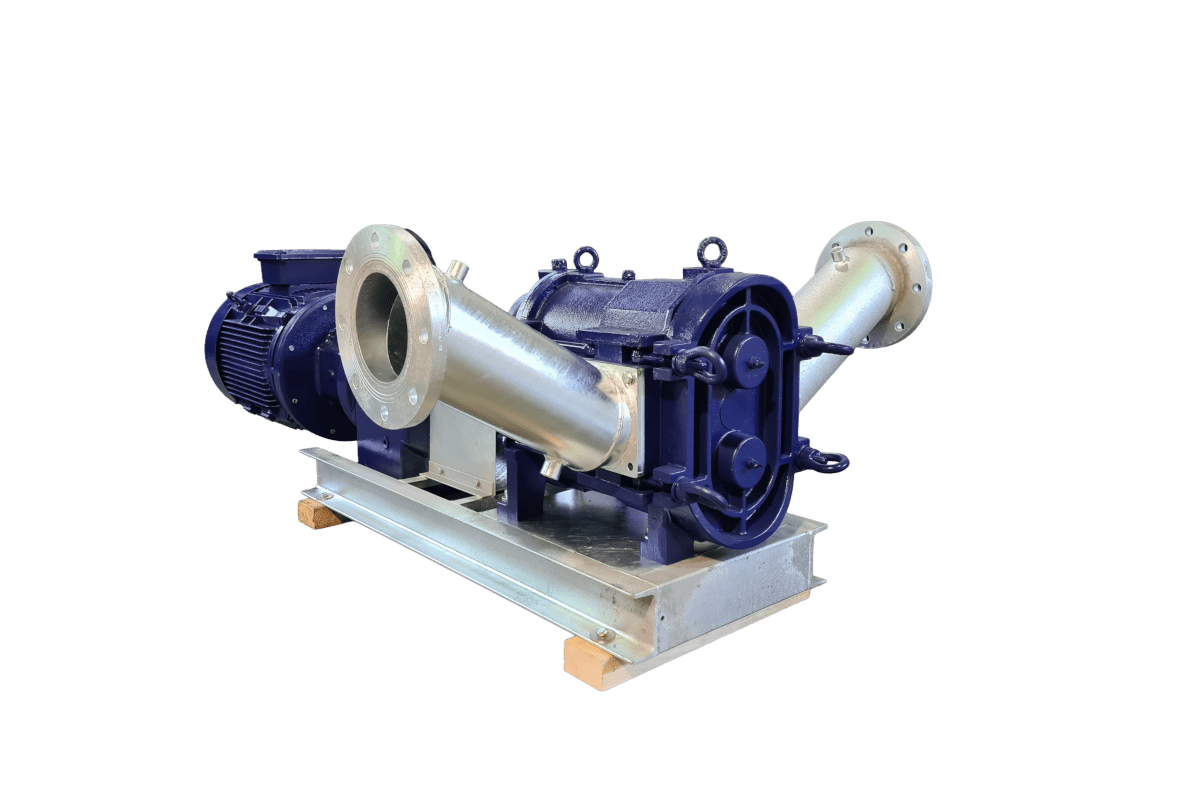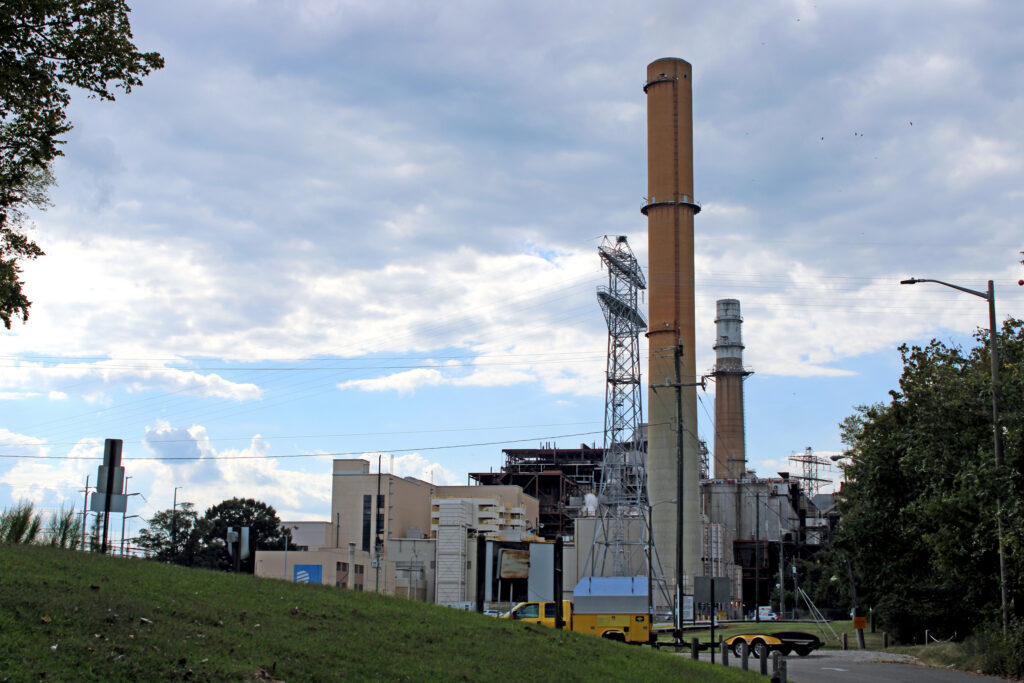As the global population grows and urbanization accelerates, wastewater treatment plants (WWTPs) are facing increasing pressure to deliver high-quality effluent. AI will be an increasingly vital enabler of sustainability, writes Xylem Vue, a brand associated with water technology firm, and which focuses on analytics, smart sensors and AI.
Directives such as the EU Directive 2024/3019, the US Clean Water Act (CWA) and Japan’s Water Pollution Control Act, are setting stricter standards for wastewater reuse, with higher quality requirements. This poses a challenge for WWTPs as these standards require advanced technologies such as membrane filtration and disinfection, continuous monitoring with IoT sensors, and the promotion of energy neutrality through anaerobic digestion.
WWTPs integrate AI
Pablo Montalvillo, a Water Consultant at Xylem Vue, said the integration of AI technologies and digital twins in wastewater treatment plants “represents a transformative approach to improving operational efficiency, reducing costs, improving decision-making, and achieving sustainability goals.”
“The challenges include ensuring data quality, implementing processes, and integrating these new digital tools into the organizational culture.”
As highlighted in the recently published Xylem Vue report, Water Technology Trends 2025: revolutionizing water management, the use of AI in treatment plants currently stands at around 10% to 15%, mainly in larger utilities. In 2025, this figure is expected to rise to 25-30% as AI solutions become more cost-effective and deliver clearer returns.
This trend will continue to gain momentum in the coming years. Experts predict that by 2035 AI will be mainstream in 40-60% of large and medium-sized WWTPs in developed countries, driving compliance, safety, and efficiency across the sector.
AI advances in wastewater treatment
This paradigm shift positions AI and digital twins as key components in advancing water treatment technologies. As such, Xylem Vue has identified six key trends for these technologies in water treatment in its report “Water Technology Trends 2025: revolutionizing water management”.
- Operational optimization. AI models fine-tune processes such as chemical dosing and energy use, driving down operational expenses and ensuring regulatory compliance. They also meet quality criteria, reduce carbon footprints, and save costs.
- Data-driven process optimization. By leveraging big data analytics and machine learning, Treatment System Optimization (TSO) solutions streamline wastewater treatment by refining processes such as aeration, chemical dosing, and sludge retention in real time. TSO employs decision intelligence to provide actionable insights, ensuring compliance with effluent standards while minimizing energy and chemical use.
- Predictive maintenance. AI detects patterns in data to anticipate equipment failures, thus minimizing downtime and extending asset life.
- Enhanced decision-making. Real-time insights help faster, better-informed decisions.
- Sustainability. AI-driven solutions reduce environmental impacts and encourage efficient resource usage.
- Water reuse. The growing scarcity of water drives the implementation of technologies that enable the safe reuse of treated water in applications such as agricultural irrigation and urban uses, contributing to sustainability and the conservation of water resources.
- Finally, discharge control and hydraulic efficiency. The use of IoT sensors and big data enables real-time monitoring of the sanitation network and WWTPs, detecting discharges and optimizing hydraulic performance.
Transforming WWTPs into smart facilities
Digital transformation is turning wastewater treatment plants into smart, sustainable facilities that meet the demands of a rapidly changing world. “WWTPs are achieving higher levels of operational efficiency, better regulatory compliance, and more sustainable environmental management thanks to real-time monitoring, predictive analytics, and automation,” said Montalvillo of Xylem Vue. “These technologies are also enabling their transformation into water regeneration centres and biorefineries that can convert wastewater treatment residues into valuable resources such as energy, biogas, biofertilizers, and other useful products.”



